The Ultimate Guide to Choosing the Perfect Hay Baler for Your Farming Needs
In the world of agriculture, selecting the right equipment is crucial for maximizing efficiency and productivity. Among the essential pieces of machinery for farmers, a hay baler stands out as a key investment that can significantly impact your harvesting process. Whether you're a seasoned farmer or just starting out, understanding the various types of hay balers available on the market is essential to meet your specific farming needs. This guide aims to provide you with insightful tips and comprehensive information to help you make an informed decision when choosing the perfect hay baler. By evaluating factors such as size, type, features, and your unique operational requirements, you can select a hay baler that not only aligns with your farming practices but also enhances your overall yield and profitability. Let's delve into the essential considerations that will empower you to choose the optimal hay baler for your agricultural endeavors.
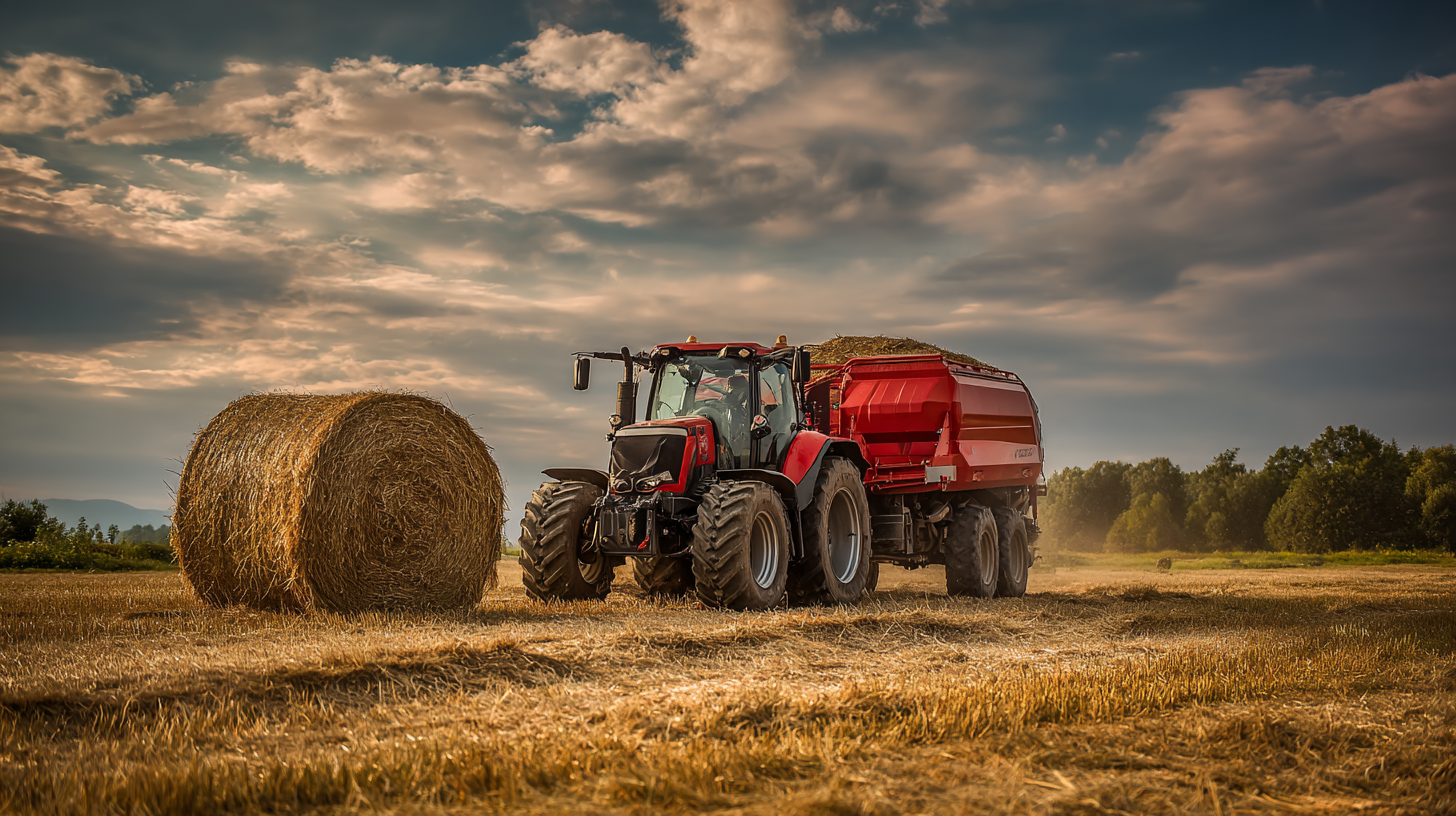
Understanding Hay Baler Types: Round vs. Square and Their Unique Benefits for Farms
When choosing a hay baler, understanding the differences between round and square balers is crucial for optimizing agricultural operations. Round balers are known for their efficiency and ease of use. They typically produce bales that are easier to transport and store, allowing for flexible stacking arrangements. The design of round bales also makes them less susceptible to moisture damage, as water runs off the cylindrical shape rather than pooling, which is particularly beneficial in wetter climates.
On the other hand, square balers offer distinct advantages for farmers who require precise feeding or stacking capabilities. Square bales are typically more compact and easier to handle for feeding livestock. They can be arranged neatly for storage, making them suitable for operations where space is at a premium. Additionally, square bales are often preferred for certain types of machinery that require uniform bale sizes for optimal performance. Understanding these unique benefits is essential for farmers to select the right type of baler that aligns with their operational needs and goals.
Key Specifications to Consider: Power Requirements and Baler Capacity for Optimal Performance
When selecting the ideal hay baler for your farming operations, understanding the key specifications such as power requirements and baler capacity is essential for optimal performance. According to the American Society of Agricultural and Biological Engineers (ASABE), the power requirement for balers typically ranges from 25 to 100 horsepower, depending on the size and design of the machine. For instance, small square balers usually require around 25-50 HP, while large round balers often need upwards of 70 HP to function effectively. Choosing a baler with adequate horsepower ensures that it can handle the thick, dense materials found in various crops without straining or overheating.
Baler capacity is another crucial factor to consider. The capacity of a baler is generally measured in terms of its throughput—how many bales it can produce per hour. According to industry reports, modern high-capacity balers can produce between 30 to 50 bales per hour, significantly increasing efficiency compared to older models. It's important to align the baler's capacity with your specific farming needs, ensuring that your operation can keep up with harvesting schedules while minimizing downtime. Selecting the right combination of power and capacity not only boosts productivity but also enhances the quality of the bales produced, as varied speeds and pressures can affect the moisture content and density of the final product.
The Ultimate Guide to Choosing the Perfect Hay Baler for Your Farming Needs
| Baler Type | Power Requirement (HP) | Baler Capacity (Bales per Hour) | Bale Size (inches) | Weight (lbs) |
|---|---|---|---|---|
| Round Baler | 50 - 70 | 15 - 25 | 48 - 60 | 1500 - 2000 |
| Square Baler | 40 - 80 | 20 - 35 | 14 x 18 | 1200 - 1800 |
| Mini Baler | 25 - 45 | 10 - 15 | 36 - 48 | 800 - 1200 |
| Large Square Baler | 80 - 150 | 30 - 50 | 30 x 48 | 3000 - 4000 |
Evaluating Cost-Effectiveness: Comparing Purchase Price vs. Long-Term Maintenance Expenses
When selecting the perfect hay baler for your farming needs, it’s crucial to evaluate not only the purchase price but also the long-term maintenance expenses. These two factors significantly influence the overall cost-effectiveness of your investment. The initial outlay for a baler might seem manageable, yet hidden costs such as repairs, part replacements, and operating inefficiencies can accumulate over time. A comprehensive approach to assessing a baler's true cost involves projecting these maintenance expenditures against the predicted benefits and yields of its operation.
**Tips:** To ensure you make a wise investment, consider factoring in the expected lifespan of the baler and its resale value. Additionally, it’s beneficial to analyze user reviews and maintenance records from other farmers to uncover any potential issues with specific models. Always look for balers that offer ease of maintenance; models that require less frequent repairs can save significant costs in the long run. Emphasizing these aspects can lead to smarter procurement, akin to the evaluations seen in various industries where long-term financial management is key.
Moreover, in today’s rapidly evolving agricultural tech landscape, leveraging digital tools for cost analysis may provide deeper insights into the operational efficiencies possible with modern hay balers. This approach is reminiscent of how businesses are increasingly adopting cloud solutions for more effective financial management, underscoring the importance of technological integration in farming decisions.
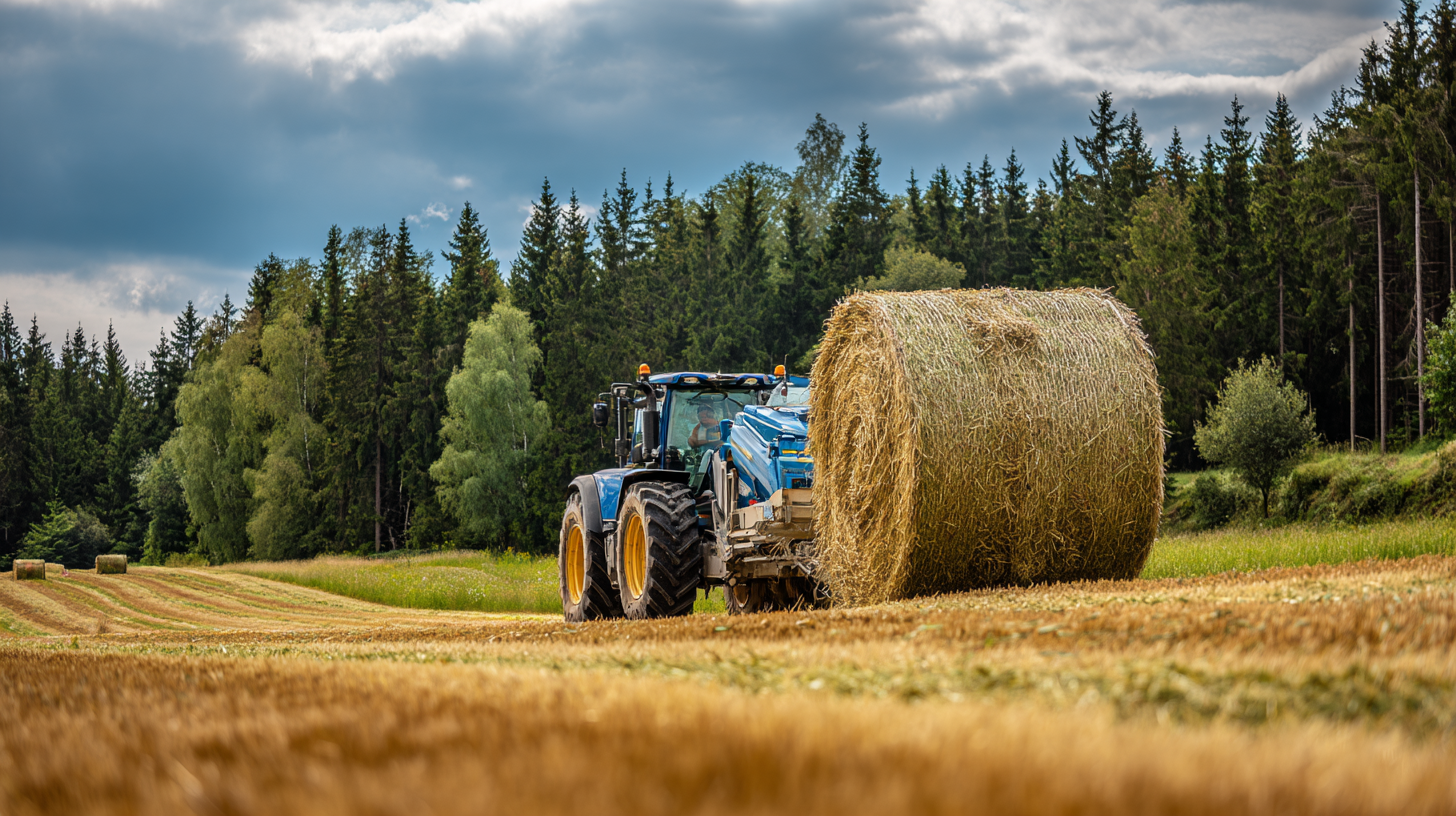
Top-Selling Hay Balers of 2023: Industry Leaders and Consumer Favorites in Agricultural Machinery
When selecting a hay baler, farmers are often overwhelmed by the plethora of options available in the market. As of 2023, several models have emerged as industry leaders and consumer favorites, showcasing advancements in technology and efficiency. A standout in this field is the John Deere 459E, which combines durability with cutting-edge features like variable chamber technology, ensuring tight, uniform bales that are crucial for maximizing storage and transport efficiency. Its reputation for reliability makes it a go-to choice for many farmers.
Another noteworthy mention is the New Holland BB330, which has been praised for its high-capacity performance and user-friendly interface. This model is ideal for large-scale operations, providing the ability to produce bales quickly without compromising on quality. Additionally, the competitive pricing and robust support from New Holland’s dealer network have made it a popular option among farmers looking to enhance their productivity. Overall, the best-selling hay balers of 2023 illustrate a clear trend toward efficiency, ease of use, and superior bale quality, aligning perfectly with the evolving needs of modern agriculture.
The Ultimate Guide to Choosing the Perfect Hay Baler for Your Farming Needs
This chart presents the units sold of different types of hay balers in 2023. It provides a clear comparison of the popularity of various hay baler models among farmers.
Essential Features: Automation, Efficiency, and User-Friendliness in Modern Hay Balers
When selecting the perfect hay baler for your farming needs, it's essential to focus on three critical features: automation, efficiency, and user-friendliness. Modern hay balers have come a long way in terms of technology, with automation being at the forefront. Automated systems can optimize the baling process by adjusting the baler settings based on moisture levels, crop types, and operational speed. This not only enhances the quality of the bales produced but also reduces the need for constant operator intervention, allowing farmers to focus on other tasks.
Efficiency is equally vital, as it directly impacts productivity and cost-effectiveness. The latest models boast improved mechanisms that ensure higher throughput without sacrificing quality. Many hay balers are designed to maximize fuel efficiency, reducing operational costs over time. Additionally, the ease of maintenance contributes to overall efficiency, with many machines featuring modular designs that simplify repairs and parts replacement.
Lastly, user-friendliness is a significant factor that should not be overlooked. Farmers need equipment that is intuitive and easy to operate, which is especially important for those who may not have extensive experience with machinery. Features such as ergonomic controls, clear displays, and straightforward assembly can greatly enhance the user experience, making it easier to achieve optimal performance with minimal frustration. By focusing on these features, farmers can select a hay baler that meets their unique needs and enhances their overall productivity.

Related Posts
-

How to Maximize Efficiency with Your Hay Baler for Higher Crop Yields
-
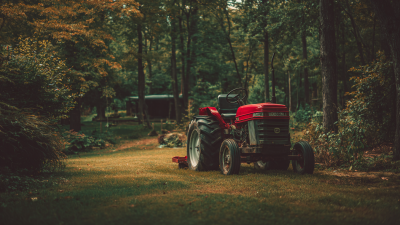
How to Choose the Right Small Tractor Mower for Your Lawn Care Needs
-
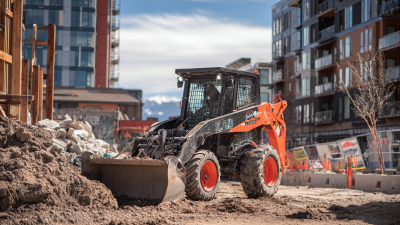
Why Skid Loaders Are Essential for Modern Construction: Exploring Industry Trends and Efficiency Stats
-
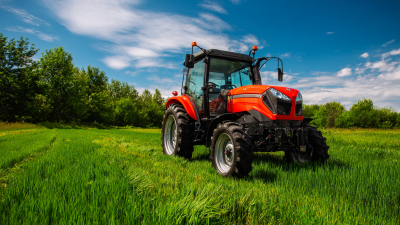
What is a compact tractor and how it revolutionizes modern farming globally
-

What Are the Advantages of Using Small Utility Tractors for Your Farm
-

Exploring Unique Applications of Round Balers in Modern Agriculture